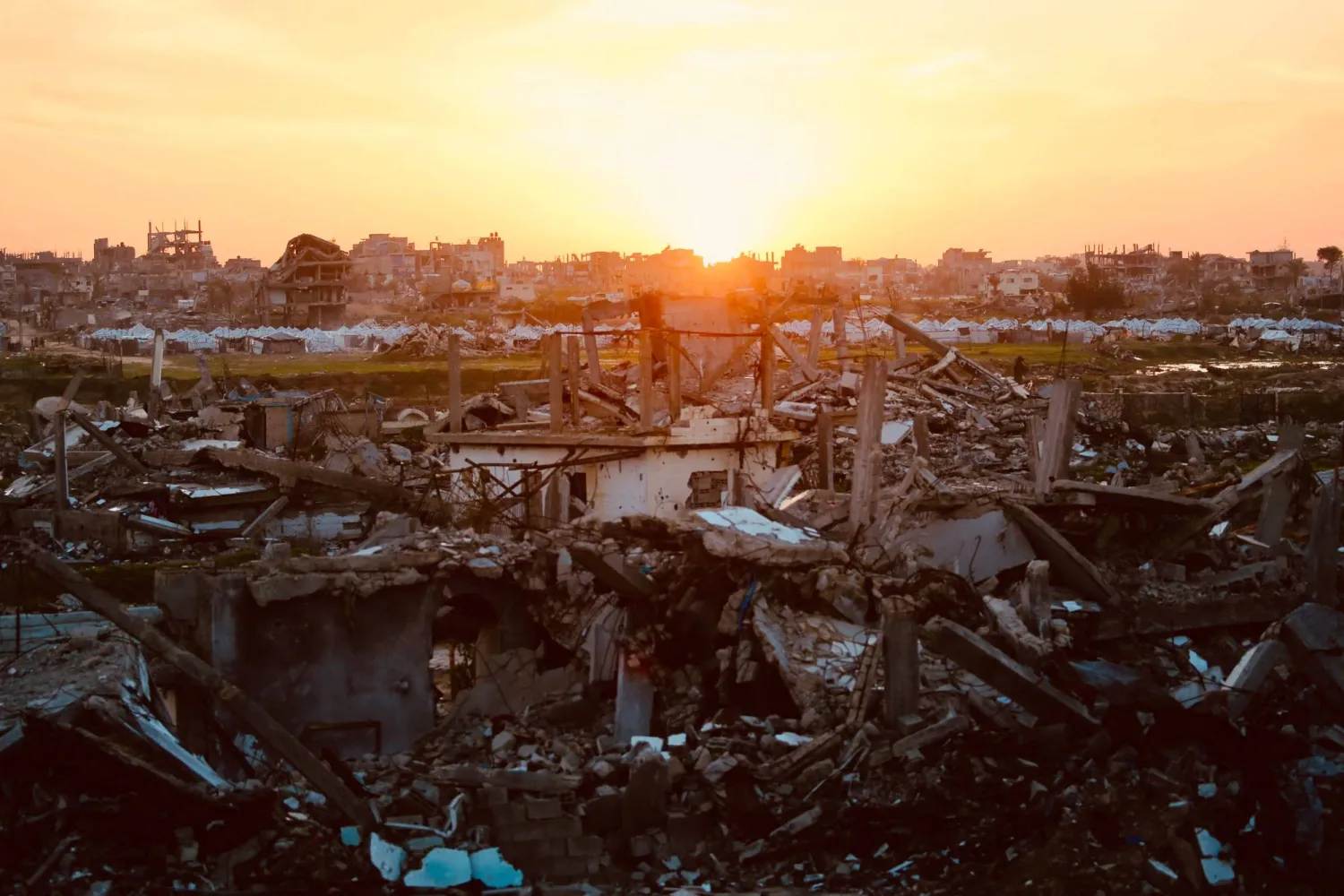The bodies of two Lebanese shepherds who had been shot at by Israeli forces were found in an area near the border on Thursday, the Lebanese state National News Agency (NNA) reported.
A spokesperson for the Israeli army said it was looking into the report.
The NNA, which gave no source for its report, said they had been tending to their flock near the Wazzani river when they were shot at.
Lebanese security sources told Reuters the shepherds from the Lebanese border village of Wazzani were aged 20 and 21.
UNIFIL, the UN peacekeeping force operating in south Lebanon, said on Wednesday the Lebanese army had asked for its assistance to evacuate two people who had been injured in the Wazzani area.
It said the Israeli army suspended fire to allow the Lebanese army and UNIFIL to conduct a search, but this had been called off until Thursday morning due to darkness and the presence of landmines in the area.
The Lebanese army has no official spokesperson and did not immediately publish a statement.
Israeli forces and the heavily armed, Iran-backed Lebanese group Hezbollah have been exchanging fire along the border since the eruption of the conflict between Hamas - a Hezbollah ally - and Israel on Oct. 7.
Bodies of Lebanese Shepherds Shot at by Israeli Forces Found

An Israeli army battle tank moves at a position in the upper Galilee region of northern Israel near the border with Lebanon on November 1, 2023 amid increasing cross-border tensions between Hezbollah and Israel as fighting continues in the south with Hamas group in the Gaza Strip. (Photo by Jalaa MAREY / AFP)

Bodies of Lebanese Shepherds Shot at by Israeli Forces Found

An Israeli army battle tank moves at a position in the upper Galilee region of northern Israel near the border with Lebanon on November 1, 2023 amid increasing cross-border tensions between Hezbollah and Israel as fighting continues in the south with Hamas group in the Gaza Strip. (Photo by Jalaa MAREY / AFP)
لم تشترك بعد
انشئ حساباً خاصاً بك لتحصل على أخبار مخصصة لك ولتتمتع بخاصية حفظ المقالات وتتلقى نشراتنا البريدية المتنوعة







